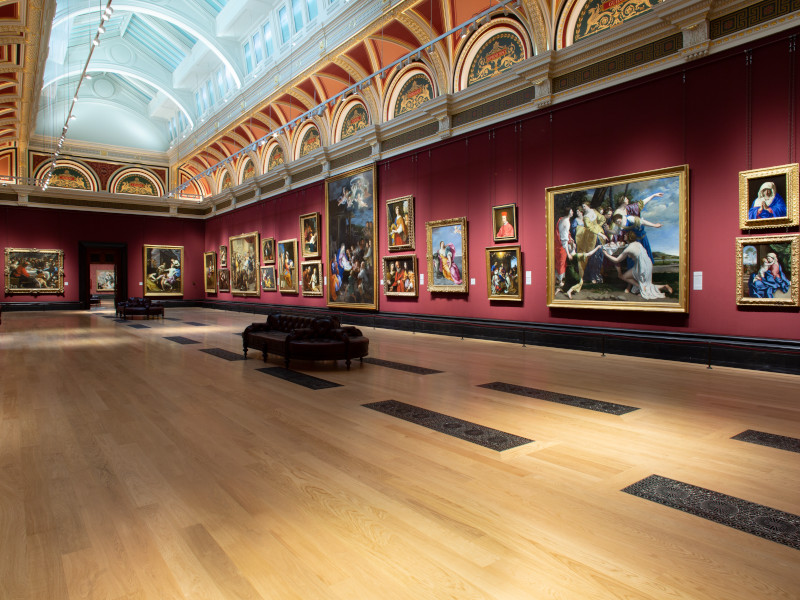Robert Draws – Lois Dodd is finally being recognized as one of the most remarkable voices in modern American painting. At the age of 98, she has reached an extraordinary milestone with her first major retrospective exhibition in Europe at the Kunstmuseum den Haag. For decades, her work had quietly chronicled the beauty of everyday life, often overlooked by mainstream art institutions. Dodd’s paintings capture windows, trees, flowers, and household scenes with a unique simplicity that bridges abstraction and figuration without fully belonging to either category. Her art was never about following trends or market demands, but about an honest observation of the world as it unfolded around her. This authenticity now resonates deeply with a global audience that is seeking meaning, calm, and a return to essentials in an often chaotic cultural landscape.
The Artistic Journey of Lois Dodd
The career of Lois Dodd is a story of persistence, patience, and dedication to craft. For over seventy years, she painted almost daily, working en plein air to capture the fleeting impressions of her surroundings. Lois Dodd never sought fame or international acclaim, but instead embraced a quiet rhythm of creation. Her process was straightforward and unembellished, relying on single-session works that conveyed an immediacy and freshness. She explored the interplay between light and shadow on a windowpane, the subtle shift of colors in blooming flowers, or the gentle sway of branches outside her home. These subjects, which might be dismissed as ordinary, were elevated by her brush into profound meditations on perception and time. What makes her recognition at this late stage so powerful is that it confirms the timeless relevance of her approach and vision.
A Unique Style That Defies Categories
Art historians have long found Lois Dodd’s work difficult to classify. Her paintings resist the rigid boundaries that typically define movements. They are not strictly abstract, though the simplification of forms suggests an affinity with abstraction. Nor are they fully figurative, as her reduction of detail and emphasis on structure move beyond literal representation. This in-between space has given her work an enduring freshness, allowing viewers to engage with it from multiple perspectives. Many critics now highlight how Dodd’s minimalism prefigured contemporary approaches that value restraint and quiet reflection over spectacle. She never succumbed to the pressure of producing large, sensational works that dominated the art market. Instead, her small-scale canvases offered intimacy, inviting viewers to look closer. By maintaining her independence and consistency, Lois Dodd created a body of work that now feels perfectly suited for today’s audience, weary of excess and craving sincerity.
“Read more: From Crypto to Child Sextortion: Southeast Asia’s Scam Compounds Take a Disturbing Turn”
Recognition After Decades of Overlooked Brilliance
For much of her career, Lois Dodd’s contributions were overshadowed by more commercially driven artists. Exhibitions were often small and local, attended mainly by peers and a small circle of admirers. Despite this, she remained unwavering in her commitment to painting, even when institutions and collectors failed to take notice. Now, with the Kunstmuseum den Haag offering her first European retrospective, her story is being rewritten. The exhibition is not only a celebration of her art but also a testament to the value of persistence in the face of neglect. Paintings that once hung in modest settings are now displayed with the recognition they deserve, placed in dialogue with international modernism. The narrative surrounding Lois Dodd demonstrates how cultural appreciation can sometimes arrive late but no less significant. For many younger artists, her journey serves as inspiration to continue creating regardless of external validation.
The Timeless Appeal of Simplicity and Observation
What sets Lois Dodd apart is her ability to transform simplicity into profundity. Her paintings do not demand attention through grandeur but instead whisper to the viewer through quiet honesty. In an era where much of contemporary art emphasizes spectacle and provocation, Dodd’s works remind us of the power of small gestures. A single window painted with precision, a cluster of flowers rendered with restraint, or a tree branch catching the afternoon light becomes a portal into deeper reflection. The accessibility of her subjects makes her art universally relatable, transcending cultural and geographical boundaries. Viewers from different parts of the world can see in her paintings echoes of their own daily lives. As her recognition grows, the lesson her art teaches becomes clear: beauty can be found in the ordinary if one chooses to see with patience and attentiveness.



